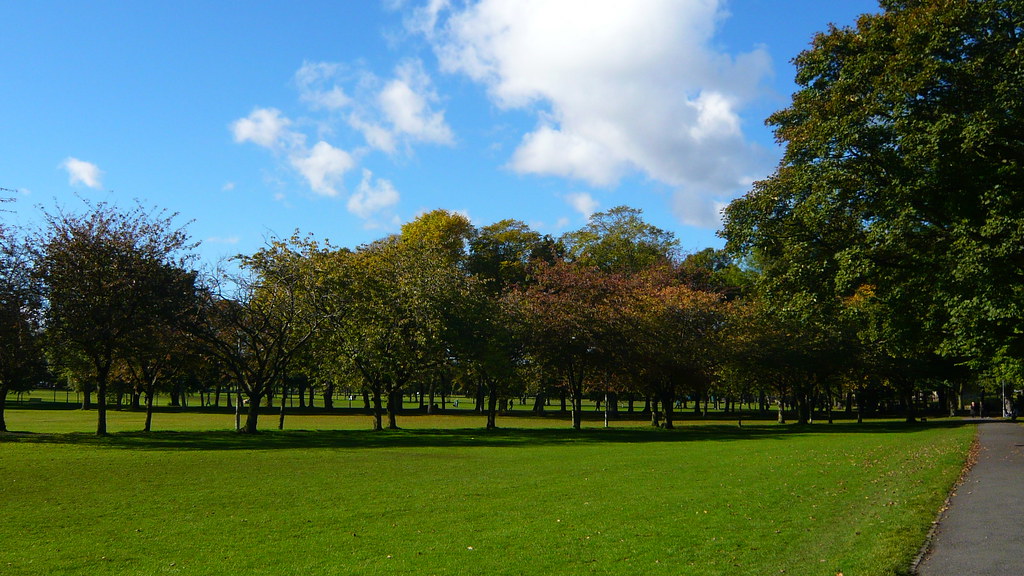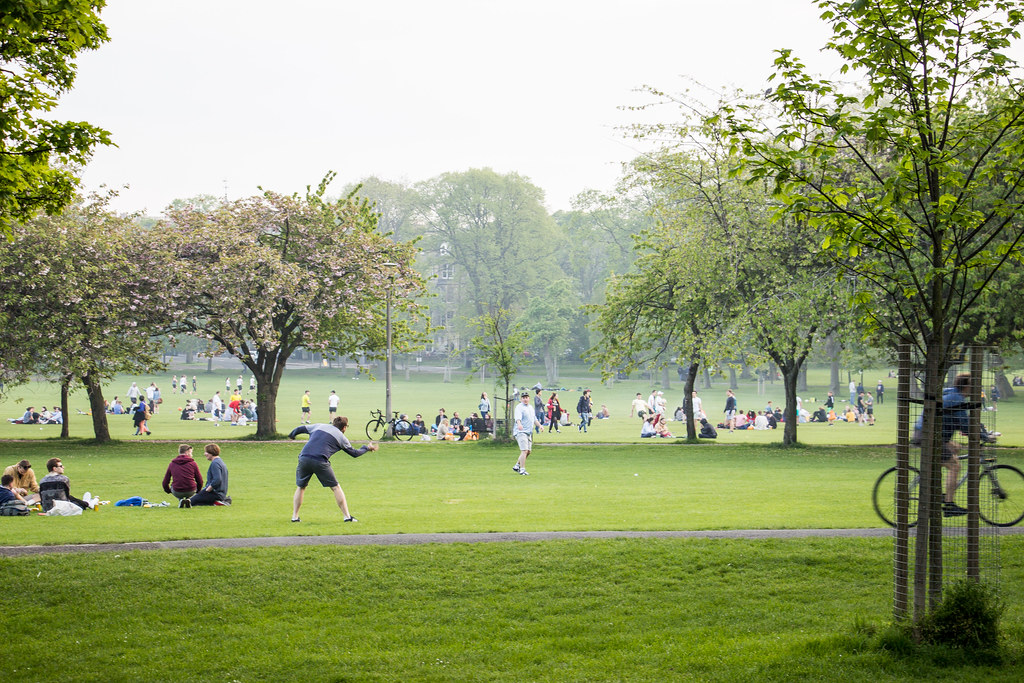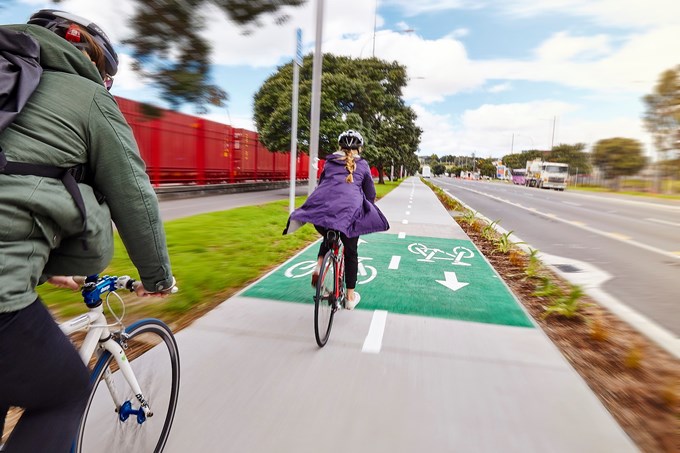CREATE WELL-LIVING COMMUNITIES AND WELL-BEING ENVIRONMENTS
The United Nations data predicts that around 68% of the world’s population will live in cities or urban areas by 2050. Therefore designing cities well has the potential to significantly improve population and community health in the future. It’s crucial to have a suitable living environment for human well-being.There’s a growing demand for well-designed living spaces and communities due to these factors.
As cities continue to grow, various aspects like the size, basic facilities, architecture, and streets have improved. However this development has led to increased pollution, affecting our daily lives during construction and use. To create a healthier environment, methods should be implemented to solve pollution problems and find effective solutions. So that the goal is to balance development with creating a well-being environment for everyone.
Environmental pollution
Air pollution
Air quality effect is not only generated by vehicles but also is formed from chemicals.

Figure 1:Air pollution from factories
Figure source:https://www.britannica.com/science/air-pollution/Ozone
Noise pollution
 Figure 2:Air and noise pollution
Figure 2:Air and noise pollution
Figure source:https://www.theecoexperts.co.uk/blog/most-toxic-drivers-europe
Water pollution
Water pollution is usually formed by storm water runoff or flooding.In addition more land are given to cars—more impervious surface is created.
 Fugure 3:Increasing common urban flooding
Fugure 3:Increasing common urban flooding
Figure source:https://www.weather.gov/bmx/outreach_flw
Life issues
Inactivity-sedentary lifestyle
Due to WHO ranks inactivity as the 4th leading risk factor for global mortality.That is about 3.2m people dead each year.Thus nowadays physical activity has drooped rapidly in developing countries and the drop is more dramatic.
 Figure 4:The numbers of vehicles are increasing every year for people’s commuting.Human depends on vehicles in daily life.This also arouses the problem of inactivity.
Figure 4:The numbers of vehicles are increasing every year for people’s commuting.Human depends on vehicles in daily life.This also arouses the problem of inactivity.
Figure souce:https://www.standard.co.uk/news/transport/london-internet-shopping-boom-to-blame-for-capitals-congestion-a3250566.html
Inactivity and health
Lazy lifestyles in particular lead to increased obesity and overweight-40% of the world’s population is overweight or obese.Hence this leads to increase in heart disease,cancers,sight loss,amputation,etc-amount of unnecessary illness is huge.
 Figure 5:Obesity is a global health issue
Figure 5:Obesity is a global health issue
Figure source:https://abcnews.go.com/Health/obesity-multiple-cures/story?id=20004903
Solution for pollution and well-being problems
Even the problems of pollution and health have existed for years,human always find out various kinds of solution to react.
Electric vehicles
Generally electric vehicles are more quiet than fuel vehicles and lead to less noise.Meanwhile electric vehicles can decrease fuel pollution.
 Figure 6:Electric vehicles
Figure 6:Electric vehicles
Figure source:https://www.overdrive.in/photos/cars/tesla-model-x-2018-p100d-exterior-4993/
Create greener envrionments
Greenspace is essential for recreation,restoration and social activities.Meanwhile many urban areas lack decent greenspace.
 Fugure 7:View of the meadows
Fugure 7:View of the meadows
Figure source:https://www.eh1.com/the-meadows/
Lack of greenspace has been related with loneliness and vice versa.Therefore greenspace provides setting for and encourages social interaction which is benefital for mental health.
 Figure 8:Social activities on the greenspace.
Figure 8:Social activities on the greenspace.
(Figure source:https://www.flickr.com/photos/billy_wilson/50023664451/)
Facilication-greenspace and physical activity
Outdoor greenspace is important because it has different functions for outdoor and social activities.Consequently “Green exercise” is more benefical than exercise in other backgrounds.Thereby green space is correlated with reducing levels of obesity.
 Figure 9:Outdoor sports on outdoor greenspace
Figure 9:Outdoor sports on outdoor greenspace
Figure source:https://www.myguideedinburgh.com/things-to-do/the-meadows
Outdoor sports:walking or cycling
Cycling is good for reducing air pollution and human’s health.Because cycling commuting reduce obesity and illness;also improve blood pressure.
 Figure 10:cycleways
Figure 10:cycleways
Figure source:https://ourauckland.aucklandcouncil.govt.nz/news/2018/11/numbers-continue-to-grow-on-cycleways/
Healthy new towns and villages
 Figure 11:Eco village-Bicester Healthy New Town
Figure 11:Eco village-Bicester Healthy New Town

